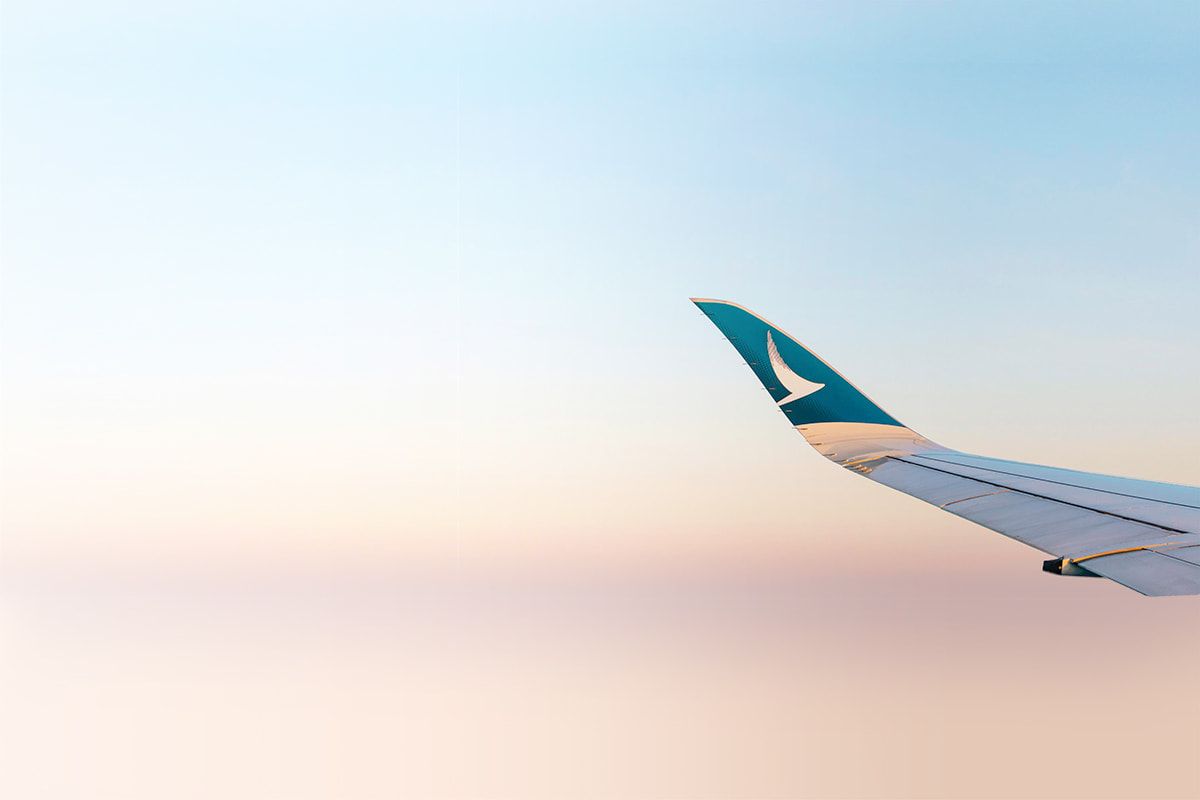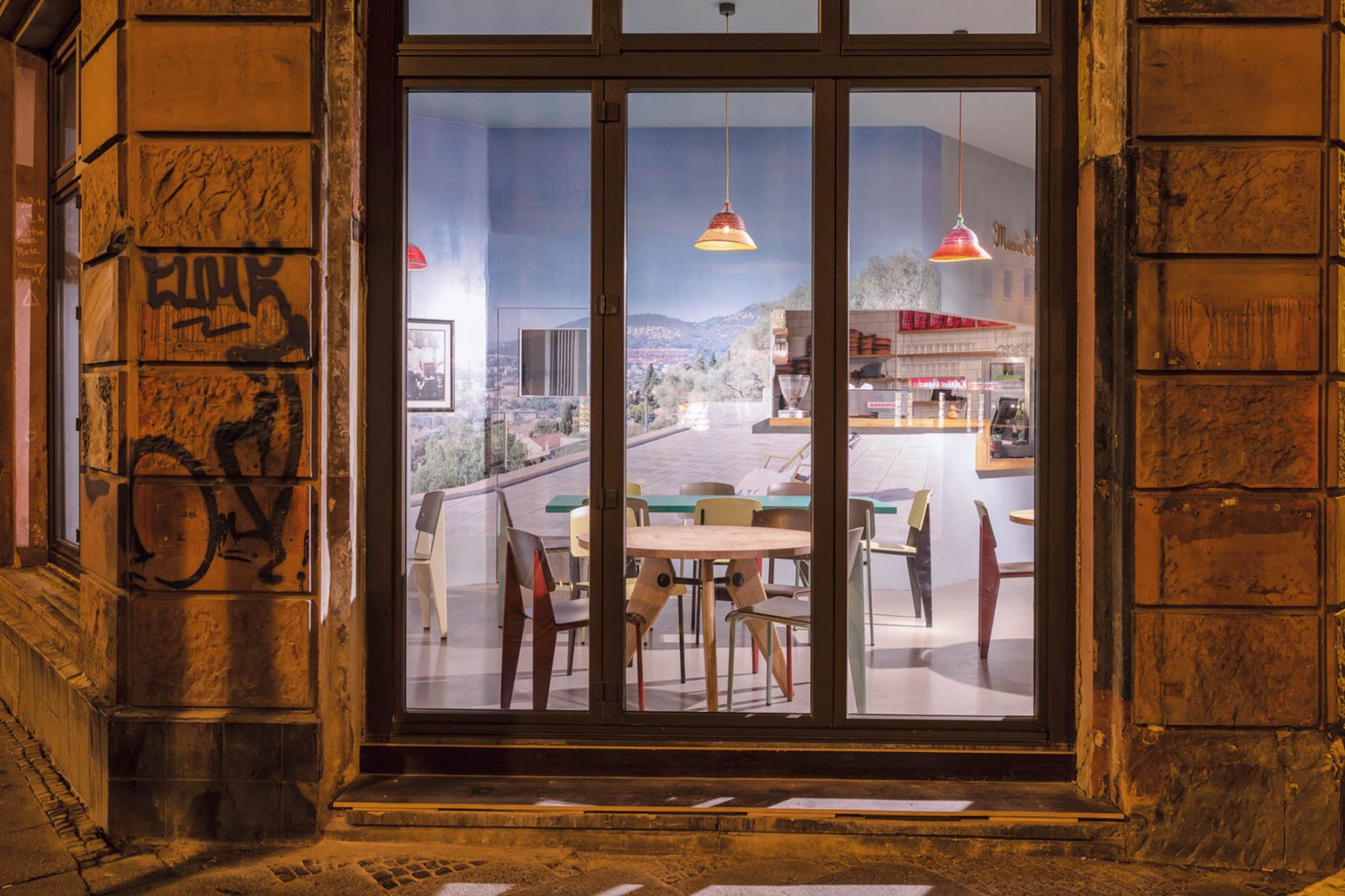Like most major cities, Frankfurt’s reputation precedes it. But unlike cool, creative Berlin or old-world, upper-crust Munich, the stereotypes attaching to Germany’s finance hub are not particularly flattering. The clustered steel-and-glass skyline leads some people to call it ‘Mainhattan’, describing its location along the river Main. As the home to the German stock exchange and 300 banks, it’s also called ‘Bankfurt’.
So far, so safe. But in recent years, well-kept, well-behaved Frankfurt has emerged as an unlikely competitor to Berlin for the title of Europe’s cool kid.

Credit: Pizzeria Montanano
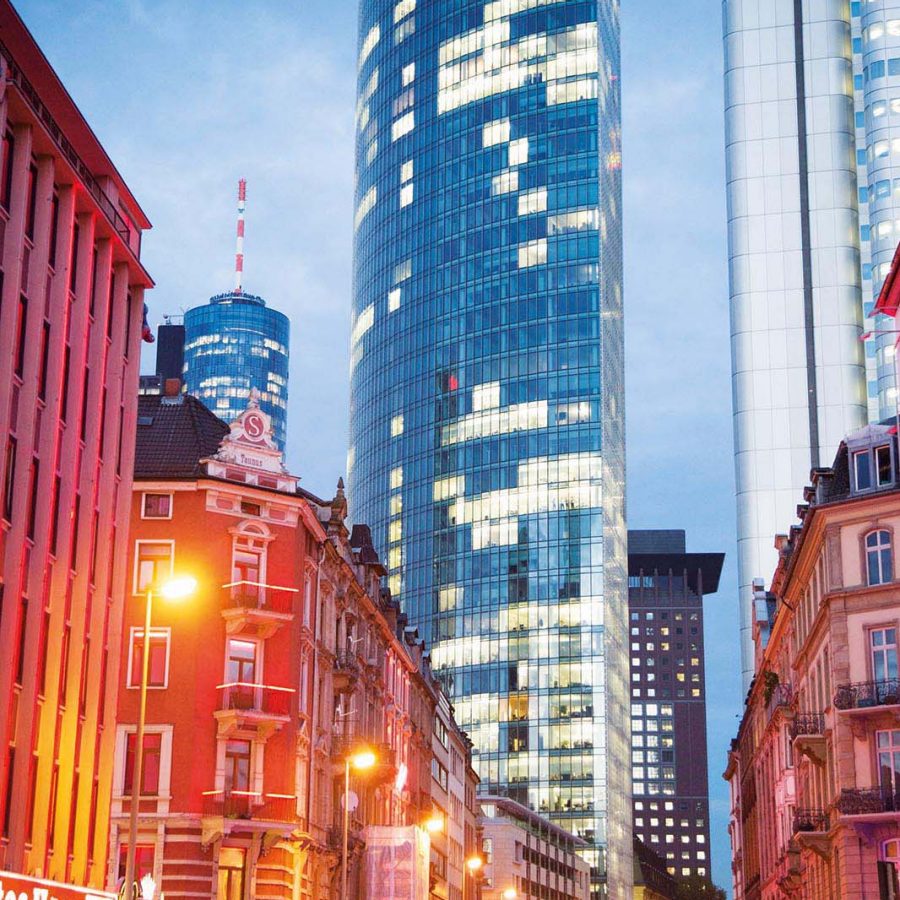
Credit: TravelCollection / Alamy / Argusphoto
Gentrification is a buzzword in Europe. Previously run-down districts in capitals across the continent are transforming into hipster havens where caffeine addicts are rapidly replacing addicts of another nature, and Peruvian restaurants and Manhattan-style cocktail bars are pushing out corner shops and immigrant-run restaurants.
The destruction of working-class culture in major hubs is undoubtedly cause for concern, but in the Banhofsviertel (meaning ‘train station quarter’), Frankfurt’s red-light district that runs from the central train station to the glistening skyscrapers of the banking area, the rough edges remain very much in place, with the city’s less salubrious professions and pastimes still clustered around six streets.
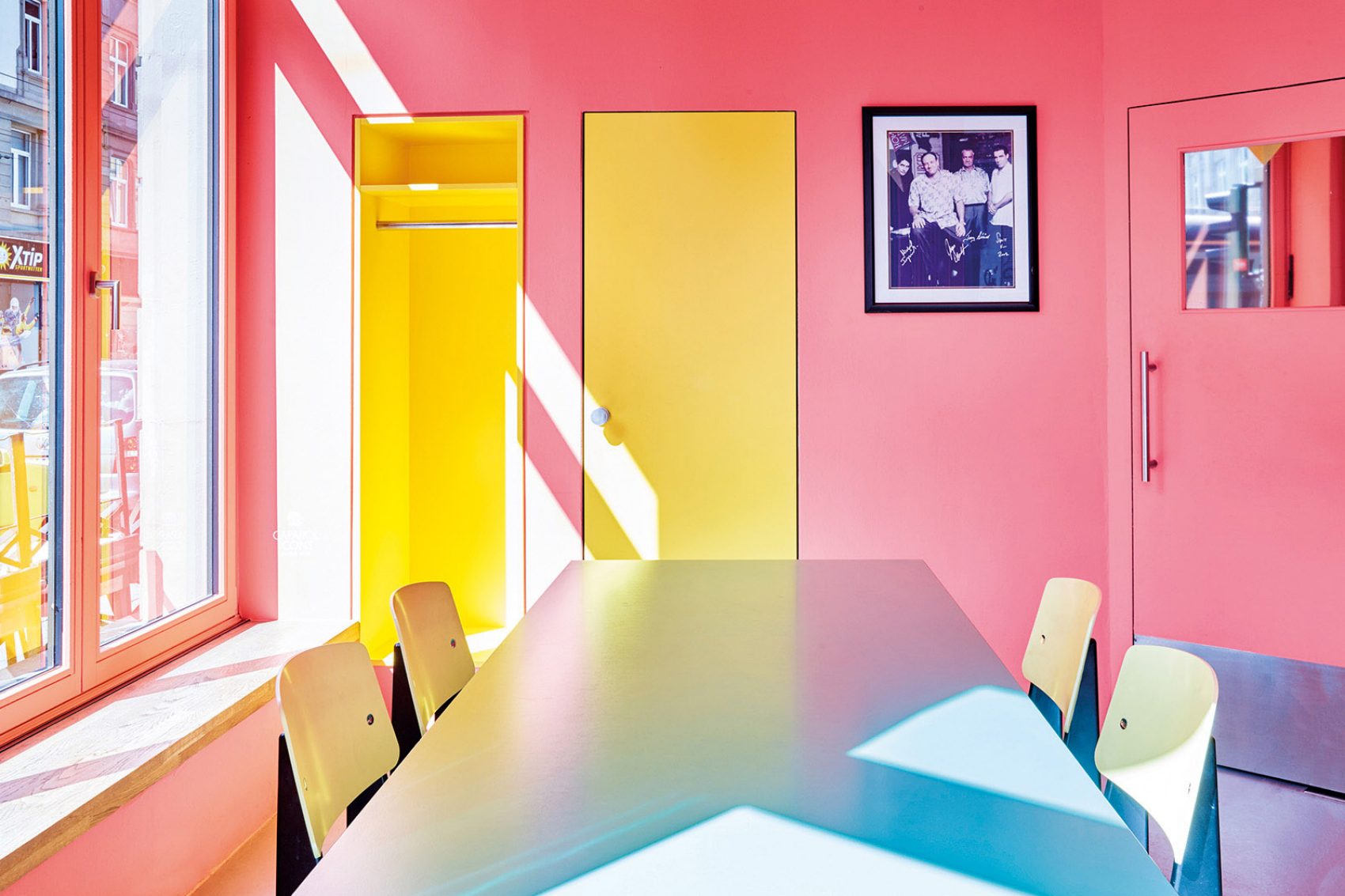
Credit: Steve Herud
Today, however, they rub shoulders with the stylish new art galleries, shops, clubs and bars that have made this neighbourhood their home, providing a sharp, unusual and appealing contrast.
‘The special atmosphere to me at Bahnhofsviertel is how international it is; I’d argue it’s one of the most mixed places in all of Europe,’ says Ralf Seinecke, the owner and curator of Galerie Rundgaenger , which exhibits work by emerging artists in a cool, contemporary space just 100 metres away from a busy rehab clinic.
‘Bahnhofsviertel cuts across all classes, and all scenes, from bankers to hipsters,’ he continues. ‘Bahnhofsviertel is a mess, but it is a beautiful mess. There is no point trying to change it too rapidly or to preserve it as it is now, as it is the mix of fluidity and flexibility, unpredictability and spontaneous order, that makes it special.‘
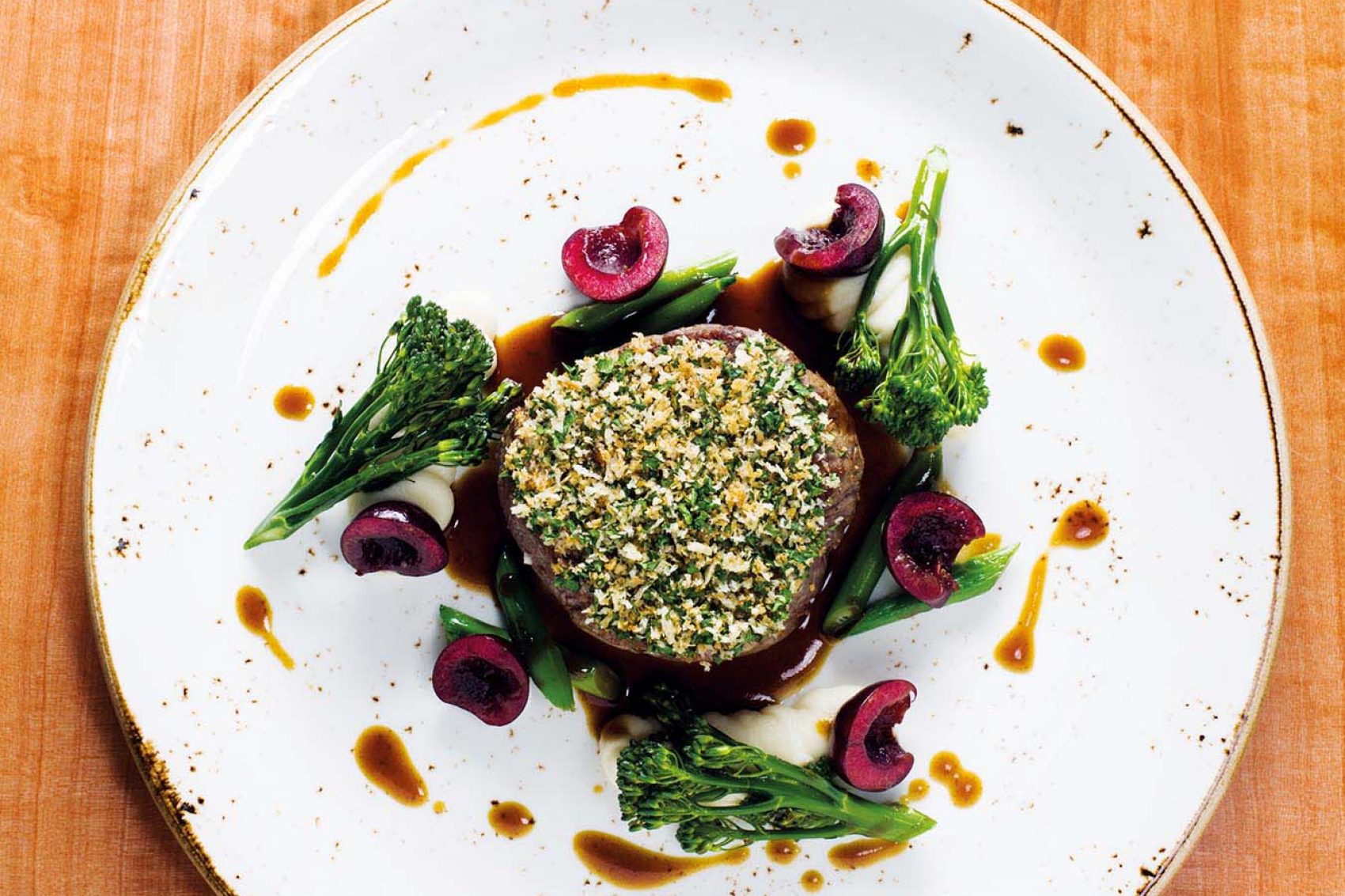
Credit: Katrin Binner
This combination is indeed intoxicating, with artisan beer shops packed with young, affluent Frankfurters spilling out into the night, art galleries holding glittering vernissages and chefs from Michelin-starred restaurants happily living alongside its continuing red-light world.
But it hasn’t always been this way. ‘What is interesting about Frankfurt is that it was actually very cool in the 1980s and ’90s,’ says James Ardinast, who, along with his brother David, has launched a series of restaurants, bars and art events in the heart of the Bahnhofsviertel.
‘Back then, it was one of the cities where techno music was really happening, and people would come here for the great clubs. But then around the year 2000, Berlin became the hotspot in Europe for everything creative and the imaginative people of Frankfurt all moved there. As the hype around Berlin grew, we lost our identity and only became known for bankers and skyscrapers. Back then, my brother and I were always complaining about how boring the city was, so one day we said, let’s do something about it.’
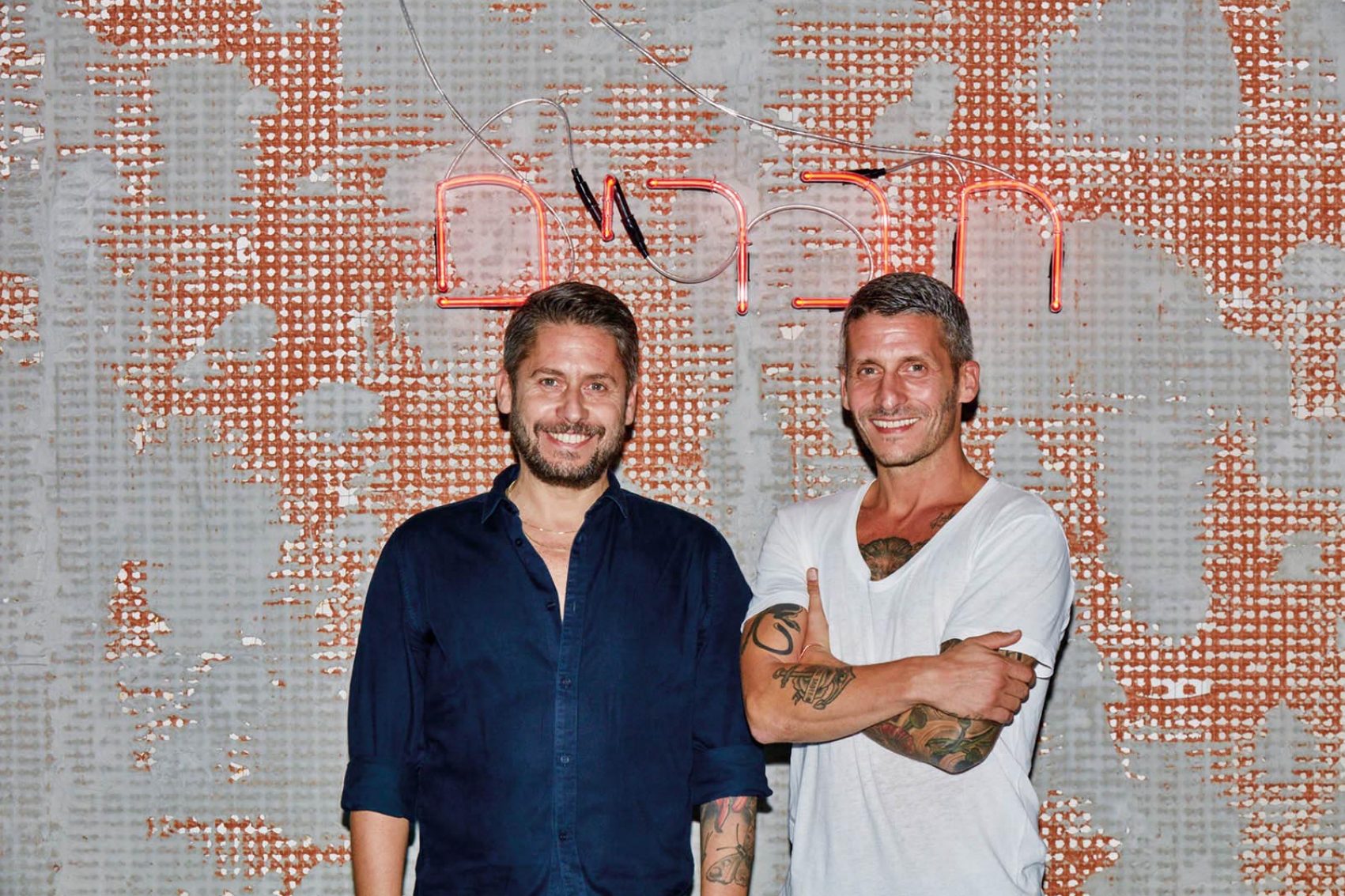
Credit: Steve Herud
They did, opening Maxie Eisen (Closed), a modern deli, cafe and cocktail bar named after a Jewish gangster from Chicago and selling what must be the best pastrami sandwich in Germany; an ambitious bistro called Stanley Diamond (Closed) serving local dishes like roast beef with Frankfurt’s famous local green sauce; and the Taunusstrasse Arts & Bites festival, a monthly art market in one of the Bahnhofsviertel’s ancient wrought-iron shopping passages.
‘My father loves good food and, unlike many other kids who grew up here, we used to come to this area all the time to eat at the Vietnamese, Turkish, Moroccan and Thai places you still see out there,’ says Ardinast, gesturing out the window to a street scene so culturally varied that only the fluffy floating snowflakes suggest our northern Europe location.
‘That’s why we wanted to start with a Jewish deli, to celebrate our roots, to keep the flair and atmosphere of this area. We want the shiny banking people to come and sit side by side with the people from this area rather than recreate the white tablecloth establishments you find elsewhere in the city.’
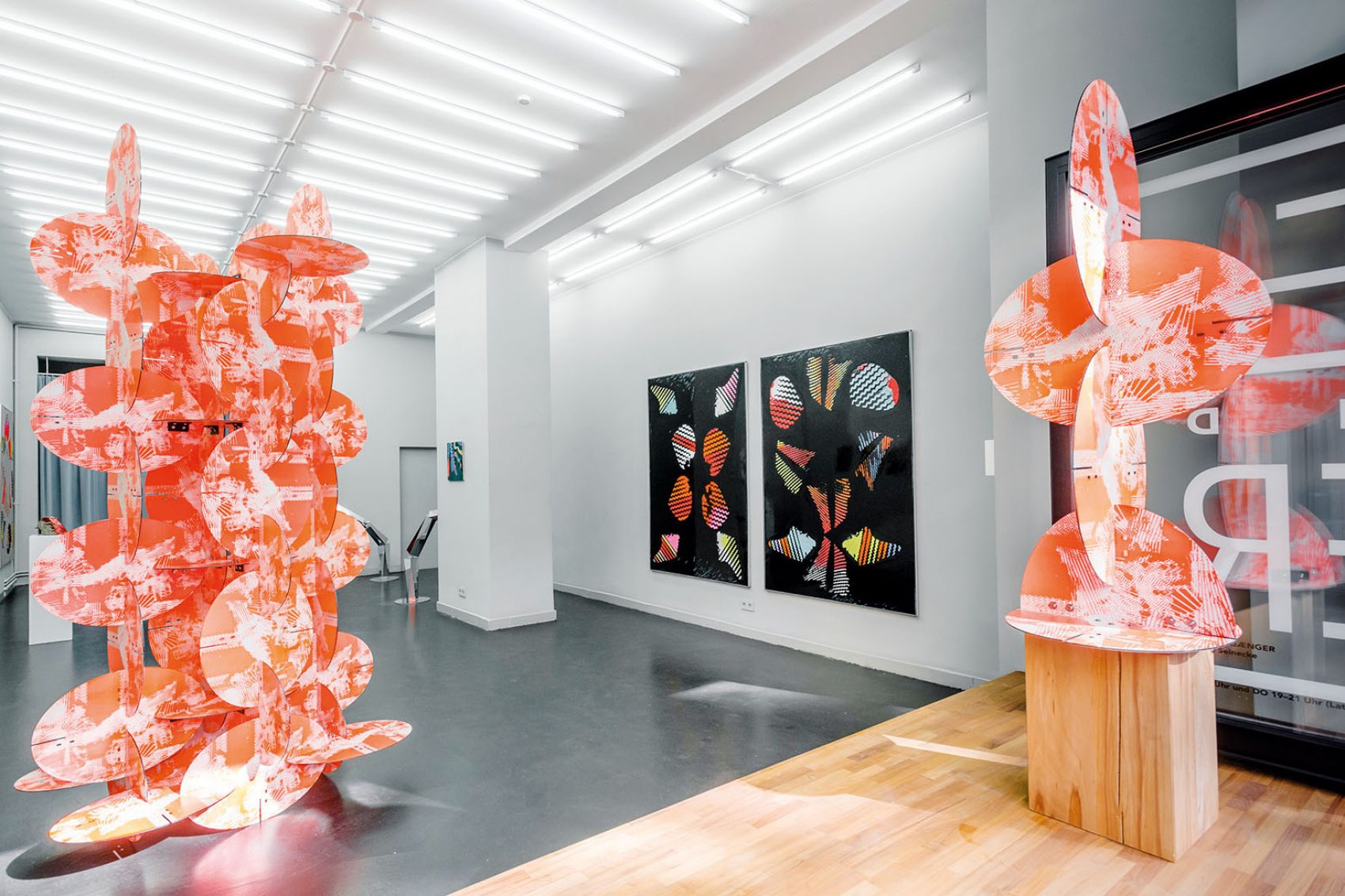
Credit: Frank Blümler / Malte Kebbel
Around the corner is Club Michel, an underground supper club that welcomes rotating chefs to a series of one-off dinner parties open to anyone who signs up on the Club Michel website. It was launched by Rehberger and Ata Macias, a well-known German DJ who left Berlin to open a handful of uber-fashionable clubs, restaurants and coffee shops in the Bahnhofsviertel.
As the entire neighbourhood takes off, Berlin is having to give up some of its coolest inhabitants to the most unlikely of usurpers, as restaurateurs and curators say goodbye to the hyped-up capital to make their way in Germany’s emerging hub of creative activity.
‘The thing about stereotypes is that you can always challenge them,’ says Ardinast. ‘They can feel unfair but they can also make you adventurous in your quest to fight them. I always say, when people come to Frankfurt, they cry twice. Once when they’re told they have to visit, and once again when they have to leave.’
More inspiration
Frankfurt travel information
- China – the Chinese Mainland, Hong Kong SAR, Macao SAR and Taiwan Region
- Hong Kong SAR - English
- Chinese Mainland (China) - English
- Taiwan China - English
- 香港特別行政區 - 繁體中文
- 中国內地 - 简体中文
- 中國台灣 - 繁體中文
- Africa
- South Africa - English
- Asia
- Bangladesh - English
- Korea - English
- Singapore - English
- Cambodia - English
- 한국 - 한국어
- Sri Lanka - English
- India - English
- Malaysia - English
- Thailand - English
- Indonesia - English
- Maldives - English
- ประเทศไทย - ภาษาไทย
- Indonesia - Bahasa Indonesia
- Myanmar - English
- Vietnam - English
- Japan - English
- Nepal - English
- Việt Nam - tiếng Việt
- 日本 - 日本語
- Philippines - English
- Australasia
- Australia - English
- New Zealand - English
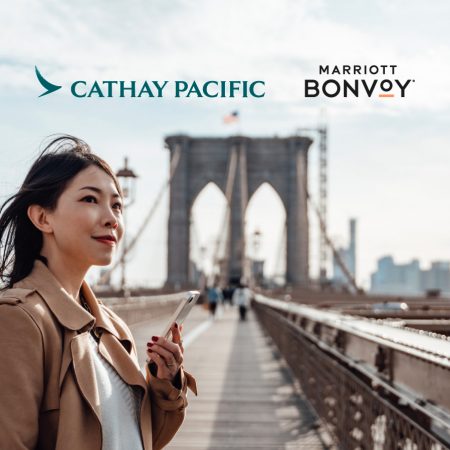
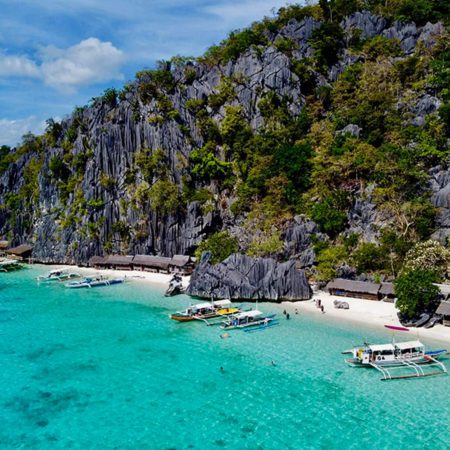

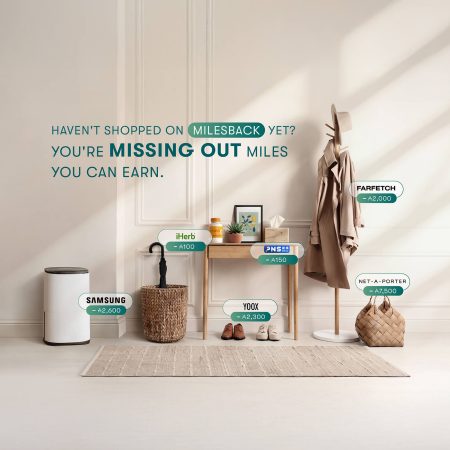
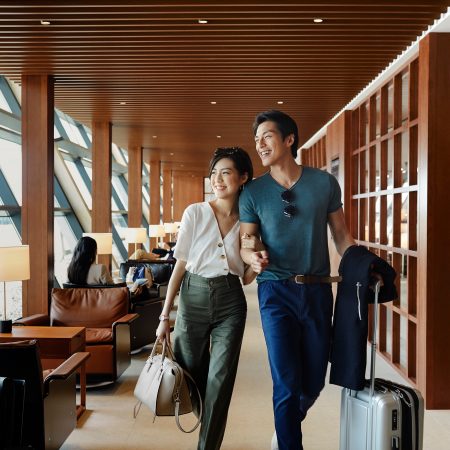
.renditionimage.450.450.jpg)

